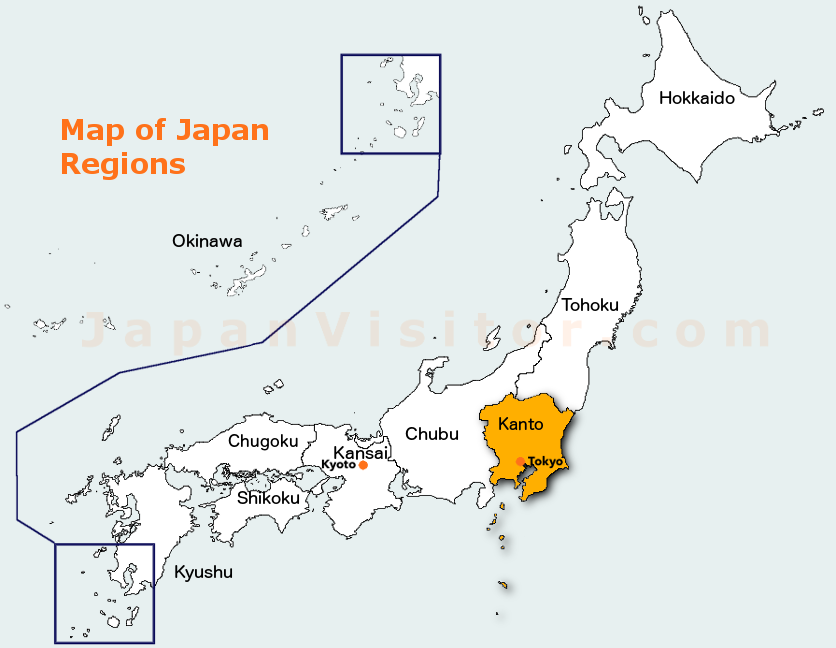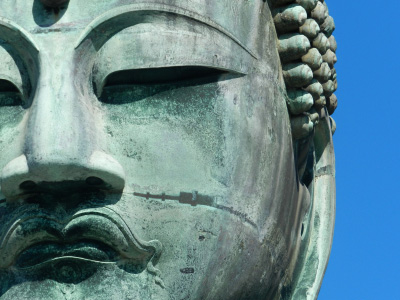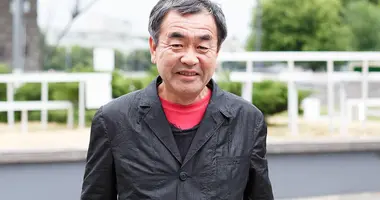Exploring the Kanto region in the Pokémon world
- Published on : 24/05/2024
- by : Japan Experience
- Youtube

Kanto Map
The Kanto region is where it all began for the massively popular Pokémon franchise. This iconic setting was first introduced in the original Pokémon Red, Blue, and Green games released in Japan in 1996. Since then, Kanto has appeared in numerous core series games across multiple generations, solidifying its status as the most recognizable and nostalgic region for many fans.
Introduction to the Kanto region
Kanto serves as the first region players explore in the Pokémon series. It is based on the real-world Kantō region of Japan, which includes the bustling metropolis of Tokyo. The similarities between the in-game map and actual Japanese geography, such as the Sagami Bay and Tokyo Bay formations, demonstrate Kanto's strong connection to its historical and cultural roots.
Geography and notable locations
The Kanto region boasts a diverse landscape, from dense forests and towering mountains to sprawling cities and tranquil seaside towns. Trainers begin their journey in the quaint Pallet Town, the home of the renowned Pokémon researcher Professor Oak. As they progress, they encounter iconic cities like Pewter City, Cerulean City, Vermilion City, and Saffron City, each with its own unique culture, geography, and challenges.
Kanto is also home to several distinctive landmarks that have become synonymous with the region. These include the mysterious Mt. Moon, the haunting Pokémon Tower in Lavender Town, the Silph Co. headquarters in Saffron City, and the treacherous Victory Road leading to the Indigo Plateau. Each location plays a significant role in shaping the player's adventure and adding depth to Kanto's rich lore.
Pokémon native to the Kanto region
The Kanto region introduced the first 151 Pokémon, many of which have become the face of the franchise. From the grass-type starter Bulbasaur to the iconic Electric-type Pikachu and the legendary Mewtwo, Kanto's Pokémon are beloved by fans worldwide. The region also features powerful Legendaries like Articuno, Zapdos, and Moltres, collectively known as the Legendary Birds.
Kanto's Pokémon showcase a wide range of types, abilities, and designs, setting the standard for future generations. Many of these creatures have remained fan favorites and continue to appear in various Pokémon media, from the anime series to the trading card game.
Role in the Pokémon video games
Kanto has been featured in numerous Pokémon video games across multiple generations. It was the setting for the original Pokémon Red, Blue, and Yellow games, as well as their remakes, FireRed and LeafGreen. Players could also revisit Kanto in the second generation games, Gold, Silver, and Crystal, and their remakes, HeartGold and SoulSilver.
While the core storyline and geography of Kanto remain largely unchanged across these titles, each game introduces new elements and features that enhance the player's experience. For example, the second generation games allow players to explore Kanto after completing their journey in the Johto region, offering a nostalgic return to the beloved setting.
Kanto in the Pokémon anime and manga
Beyond the video games, Kanto has also played a significant role in the Pokémon anime series. The first season of the anime follows the adventures of Ash Ketchum, a young trainer from Pallet Town, as he travels through Kanto with his loyal partner Pikachu. Along the way, he encounters the region's Gym Leaders, battles against the villainous Team Rocket, and forms lasting friendships with fellow trainers Misty and Brock.
The Pokémon Adventures manga also dedicates several story arcs to the Kanto region, offering a different perspective on the familiar setting and characters. These adaptations have helped to expand Kanto's lore and cement its place in the hearts of Pokémon fans.
Impact and legacy of the Kanto region
As the birthplace of the Pokémon franchise, Kanto holds a special place in the hearts of fans worldwide. The region's iconic Pokémon, memorable characters, and timeless storylines have left an indelible mark on popular culture. Kanto's enduring popularity is evident in the excitement generated by the release of Pokémon: Let's Go, Pikachu! and Let's Go, Eevee!, which allowed fans to revisit the beloved region on the Nintendo Switch.
The success of the Kanto region has also influenced the design and development of subsequent regions in the Pokémon series. While each new region introduces fresh concepts and geography, they all pay homage to Kanto's legacy in their own unique ways.
Trivia and interesting facts about Kanto
- The name "Kanto" comes from the real-world Kantō region in Japan, which includes Tokyo and the surrounding prefectures.
- Kanto is the only region in the Pokémon series that shares its name with an actual geographic location.
- The Pokémon Tower in Lavender Town is based on the real-life Ushiku Daibutsu, a towering Buddha statue in Ibaraki Prefecture, Japan.
- Kanto has appeared in more Pokémon video games and generations than any other region to date, cementing its status as a fan favorite.
- The Magnet Train station in Saffron City is inspired by the real-world Tokyo Station and Shin-Ōsaka Station, which are connected by the Tōkaidō Shinkansen bullet train line.

The Daibutsu "Great Buddha Statue" in Kamakura, Japan. The 13 meter tall bronze statue was built in 1252
Exploring the Kanto region in the Pokémon world is an unforgettable experience that has captivated fans for over two decades. With its rich history, diverse landscape, and beloved Pokémon, Kanto continues to hold a special place in the hearts of trainers everywhere. As the franchise grows and evolves, the legacy of this iconic region remains a testament to the enduring magic of the Pokémon universe.









